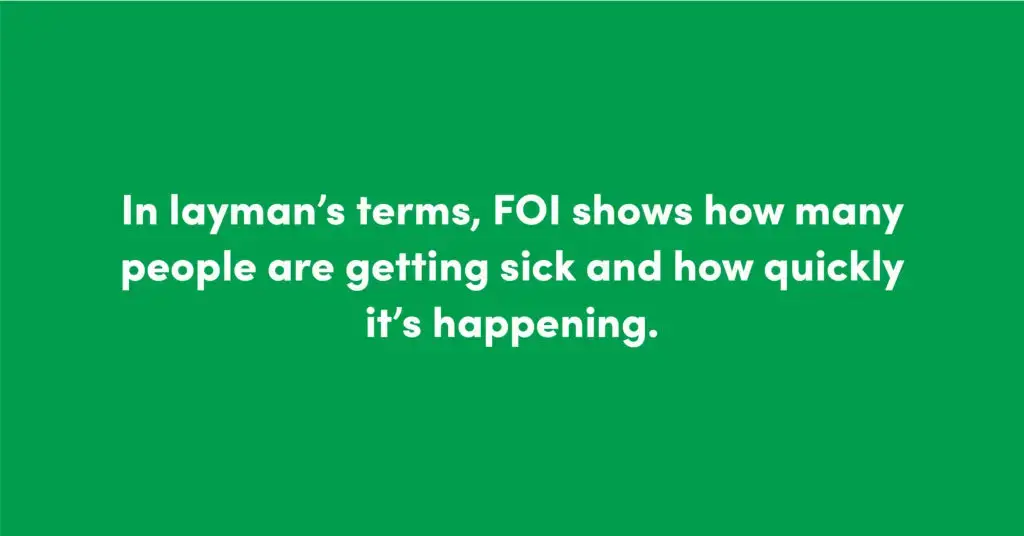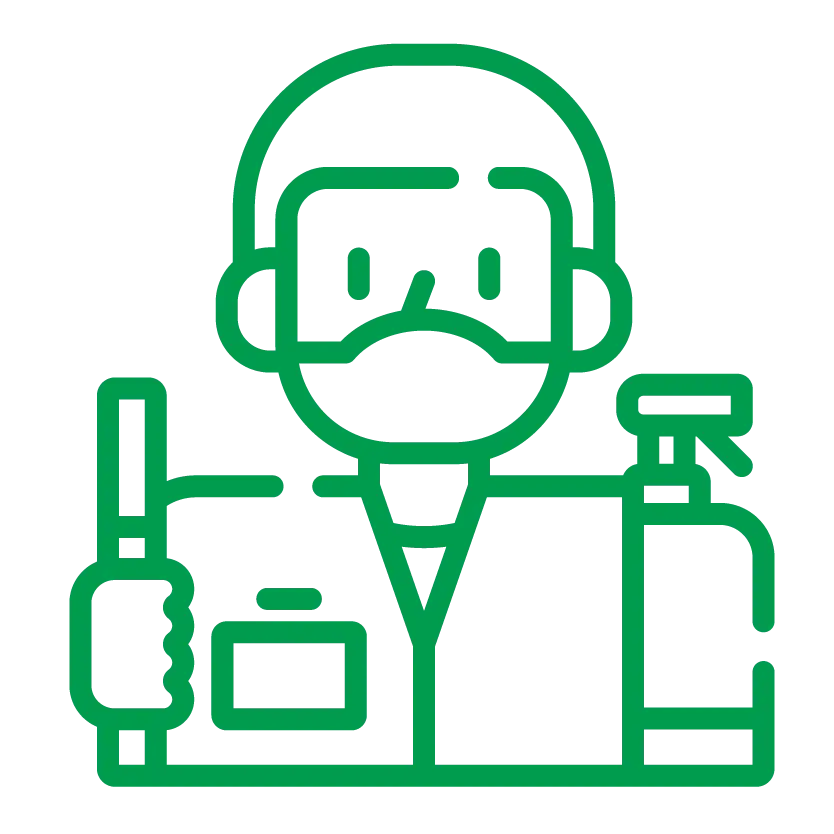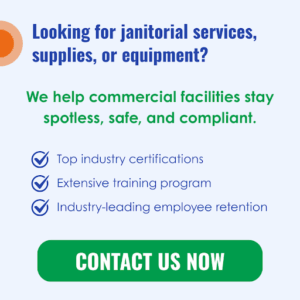
Since the pandemic hit, you’ve probably learned a lot of new germ-related terms. But one you may not be that familiar with is force of infection, an important thing to consider as you determine the future of your facility’s disinfection program.
Force of infection, or FOI, is the rate at which individuals in a population acquire an infectious disease over a period of time. In layman’s terms, FOI shows how many people are getting sick and how quickly it’s happening.

So, why does this matter to you? Because as you consider what your long-term disinfection protocol will look like, you need to know that FOI has the potential to be impacted by germ-covered sources, making it important to continue disinfecting surfaces.
Why You Need to Understand Force of Infection
This year, the journal NPJ Vaccines published the article “Force of infection: a determinant of vaccine efficacy?” The journal, which is part of Nature Magazine is a scientific publication dedicated to highlighting the most important advances in vaccine research and development.
The focus of the article was to examine whether a lower FOI impacts the effectiveness of vaccines. In the study, they looked at two groups of people: One that had received a rotavirus (diarrhea) vaccine and another that was given a malaria vaccine. In both instances, a lower FOI led to higher vaccine efficacy (VE).
The question then becomes: Do non-pharmaceutical interventions (this is a fancy term for bucketing things like disinfectants and proper PPE usage into one group) help lower force of infection?
In the NPJ Vaccines article, the author argues that, yes, proper disinfection efforts could reduce FOI and “therefore enhance or sustain VE”. Therefore, in the context of a pandemic, continuing to use non-pharmaceutical interventions to manage disease spread “seems prudent and … quite urgent.”
As the number of new COVID-19 cases ebbs and flows, and as new variants continue to pop up, we felt that it’s important to highlight the ongoing role proper disinfection can play in reducing the presence of germs that could impact force of infection, and subsequently the health of your employees and visitors.
Develop a Disinfection Program That Works
To ensure your facility is on top of its disinfection game, you need to incorporate several elements into your cleaning program.

Day Porter Disinfection
Yes, most deep cleaning happens when your facility is empty. But with people coming and going, it’s important you maintain a high level of cleanliness. This not only improves the health of your facility but it also gives people the peace of mind that you’re taking intentional steps to reduce the amount of germs in your building. Adding an extra day porter – or reassigning your existing day-cleaning staff – will allow you to focus on keeping high-traffic areas clean and disinfected. With more people using more soap, hand sanitizer and towels, they’ll also focus on keeping those products stocked. This day-cleaning checklist is a good place to start.
High-touchpoint Disinfection
You’ve probably heard us talk about this before, but that’s only because of its importance. You need to disinfect frequently touched surfaces multiple times each day using approved chemicals from the Environmental Protection Agency’s List N. Each chemical on this list is proven to kill COVID-19. To learn how to properly disinfect, watch this quick video.
Confirmed case? Time to spray.
While proactive electrostatic spraying still has benefits, we always recommend using it after a confirmed COVID-19 exposure in your facility. Electrostatic sprayers have technology that ensures disinfectant “sticks” to every surface and kills germs. Because it is sprayed as a mist, it’s easy to blanket all hard surfaces.
To learn more about the benefits of electrostatic spraying and how it works, read Do I Need an Electrostatic Sprayer for Disinfection?


